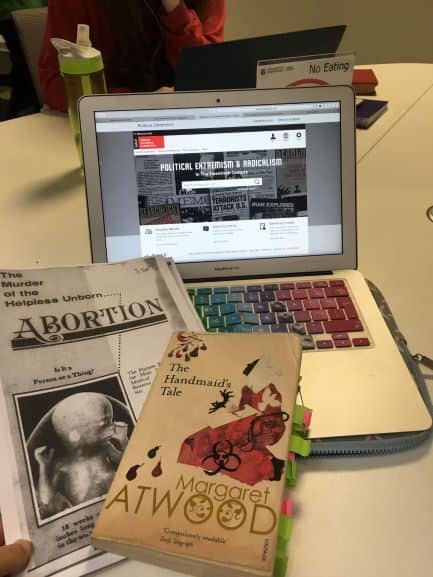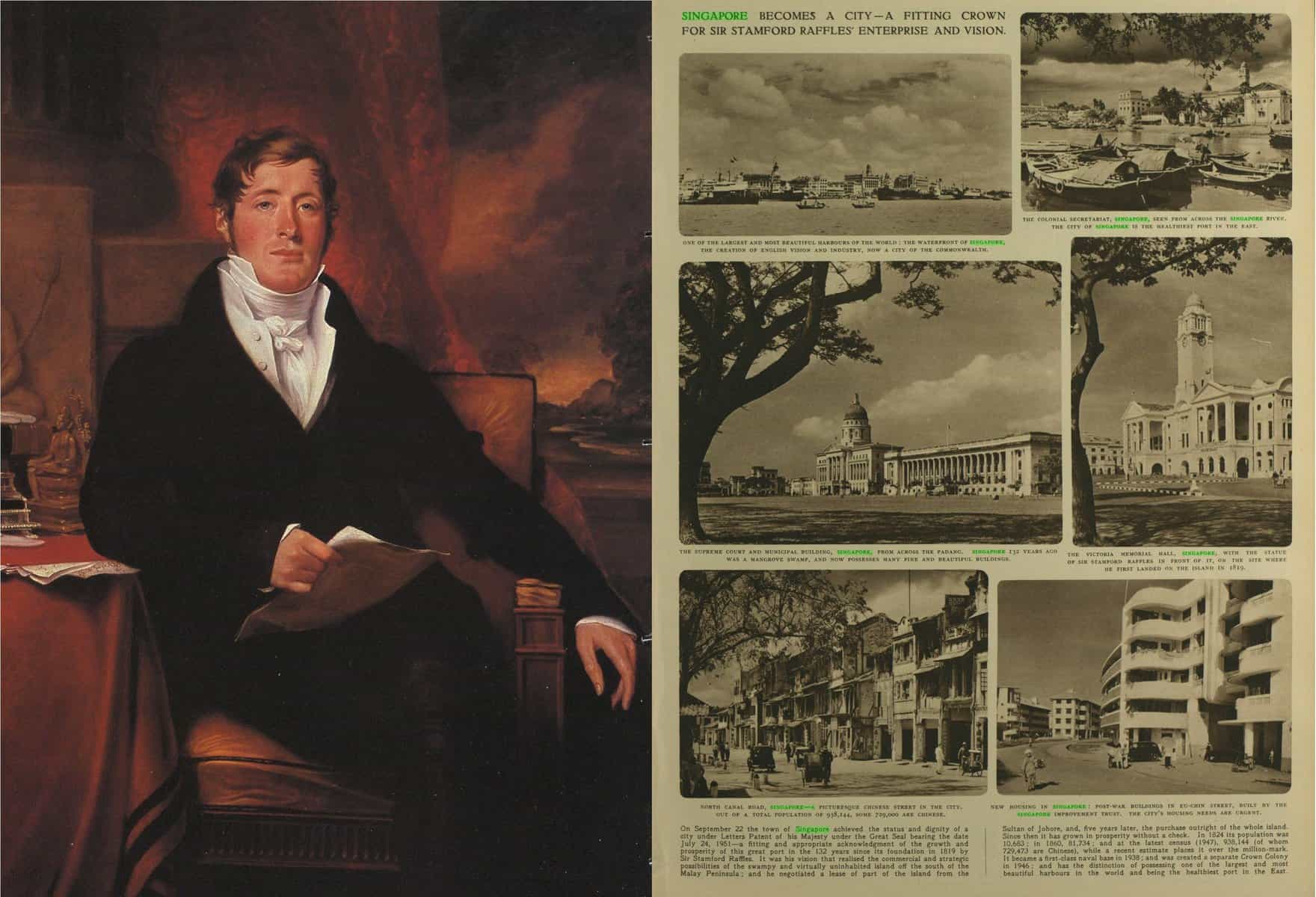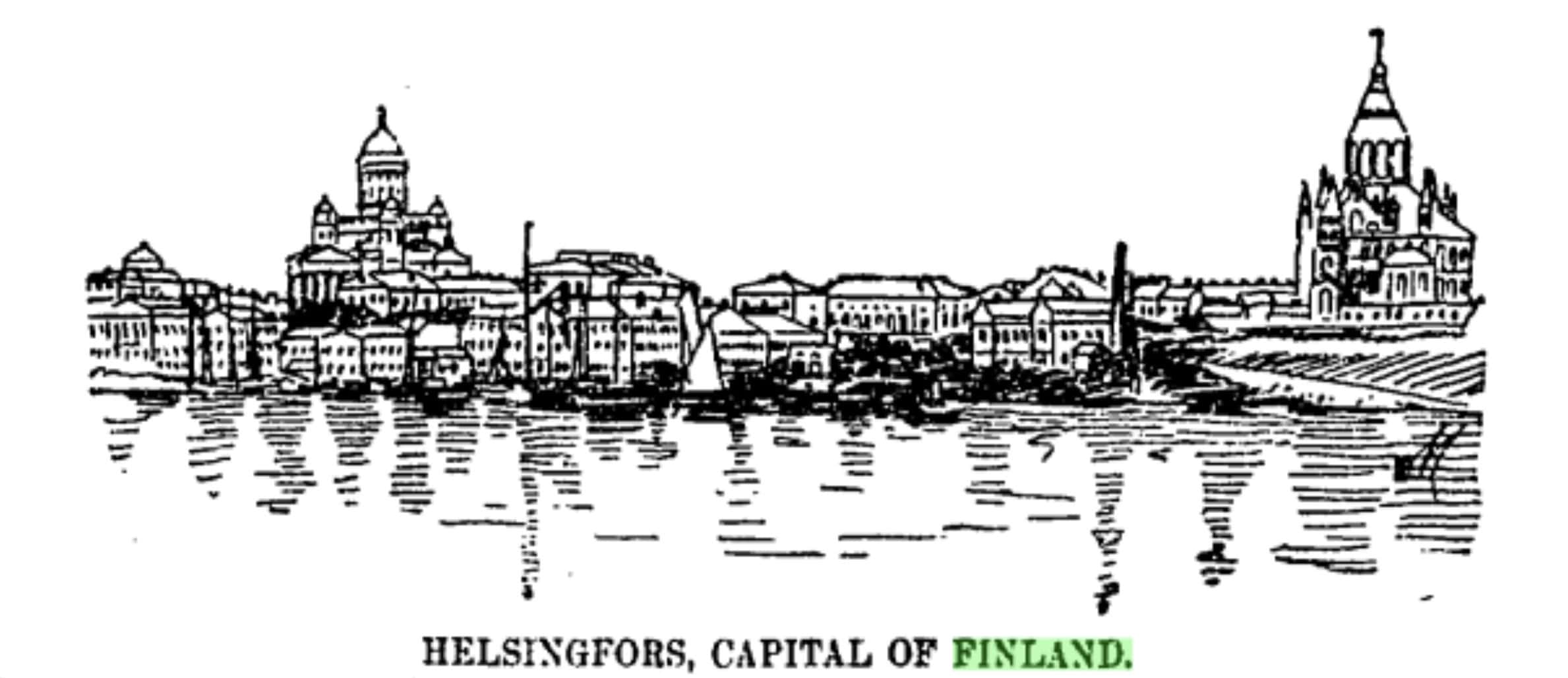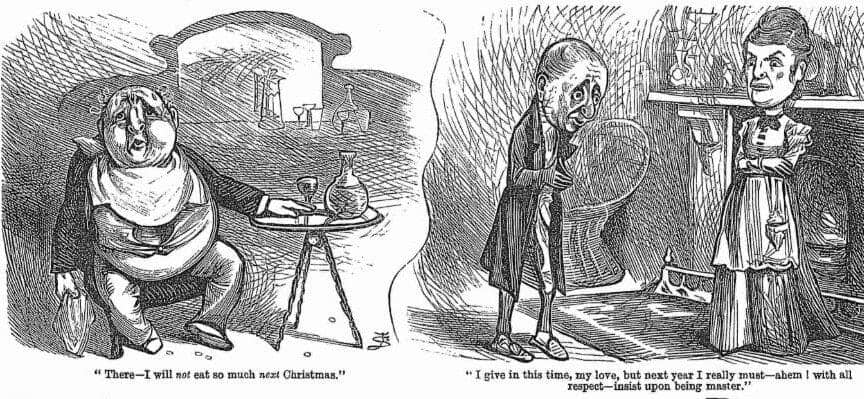By Jo Stanley, academic contributor to Gale’s Global Encyclopedia of LGBTQ History
Having a rainbow at your fingertips is more than handy – it’s a luxurious necessity. So the publication of Gale’s Global Encyclopedia of Lesbian, Gay, Bisexual, Transgender, and Queer (LGBTQ) History is something I celebrate. It will be extremely satisfying for those who want to quickly find out what so many reference works have previously omitted about LGBTQ history.
As an expert on the gendered sea I’ve previously been pleased to contribute to other encyclopedias, but being able to add my entry on the UK merchant and royal navies to the Global Encyclopedia of LGBTQ History is even more special. Why? Because I’m giving clear information about something still difficult to find material about. There’s been no such succinct summary anywhere else.







 By Matt Chivers, Gale Ambassador at the University of Liverpool
By Matt Chivers, Gale Ambassador at the University of Liverpool


